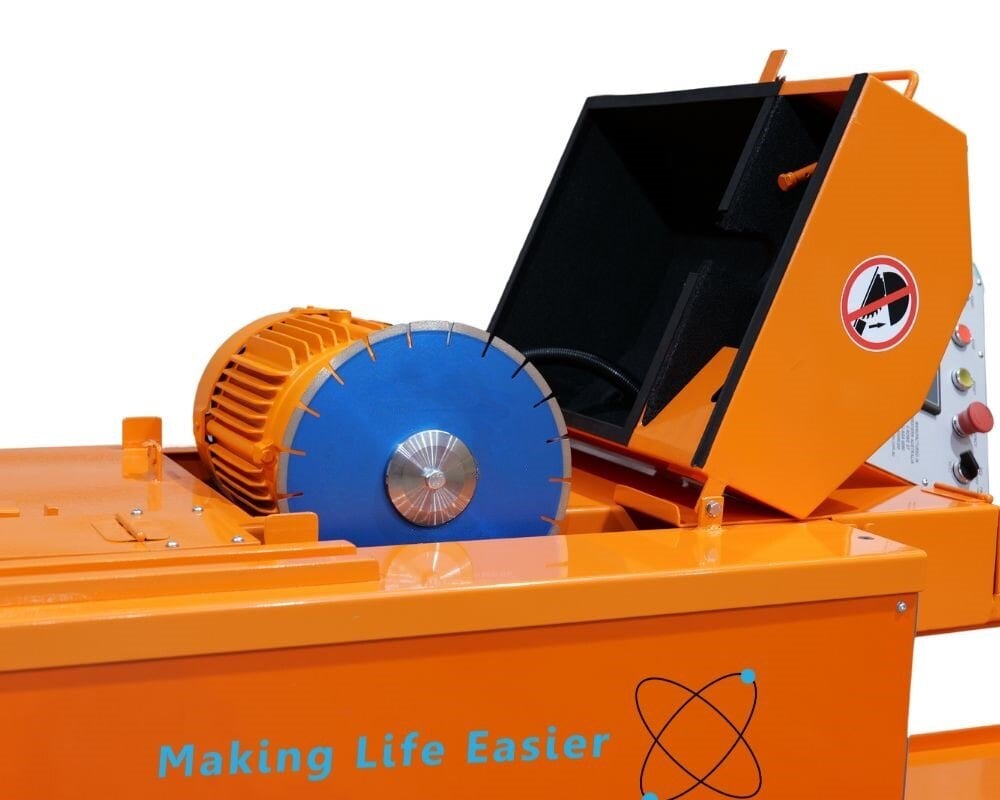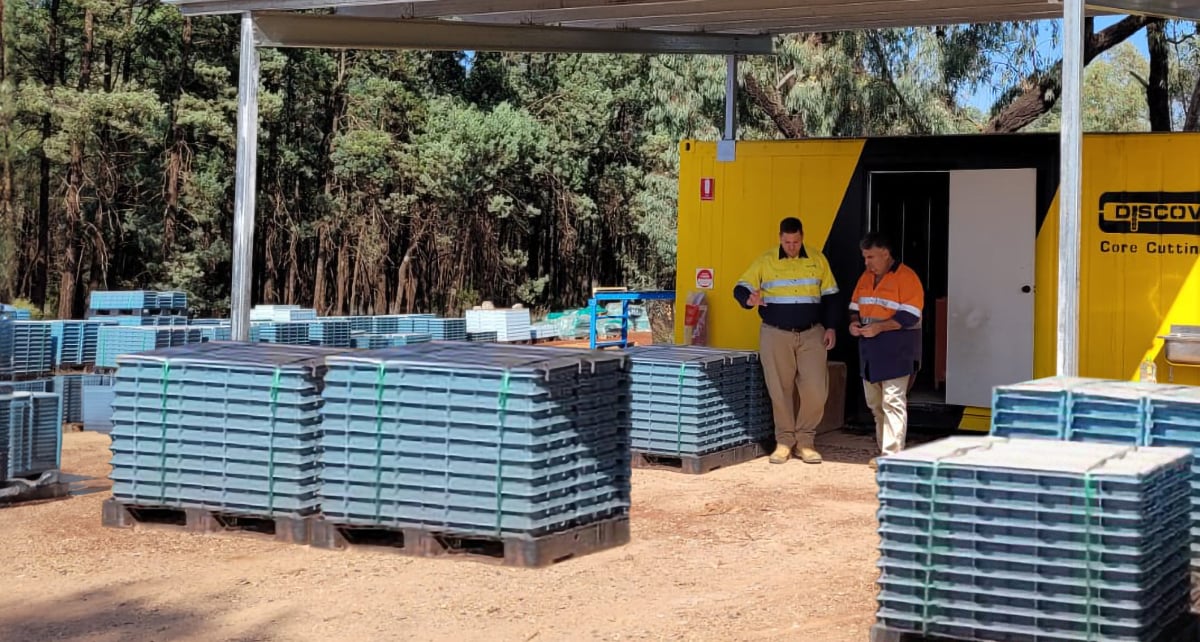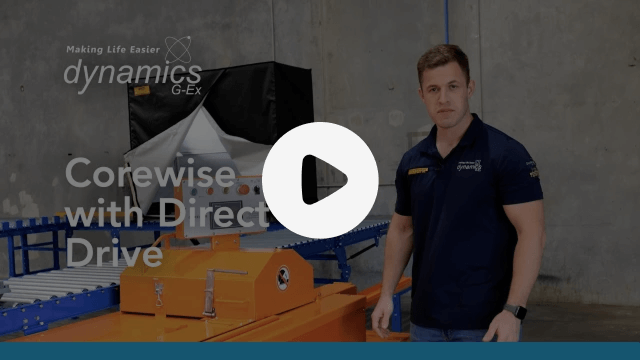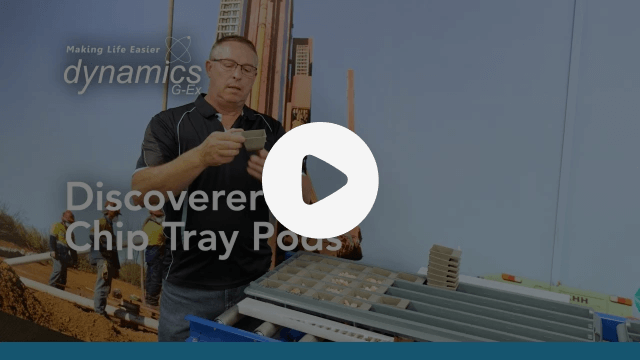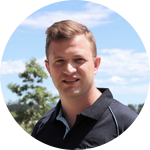
Spencer Dormer
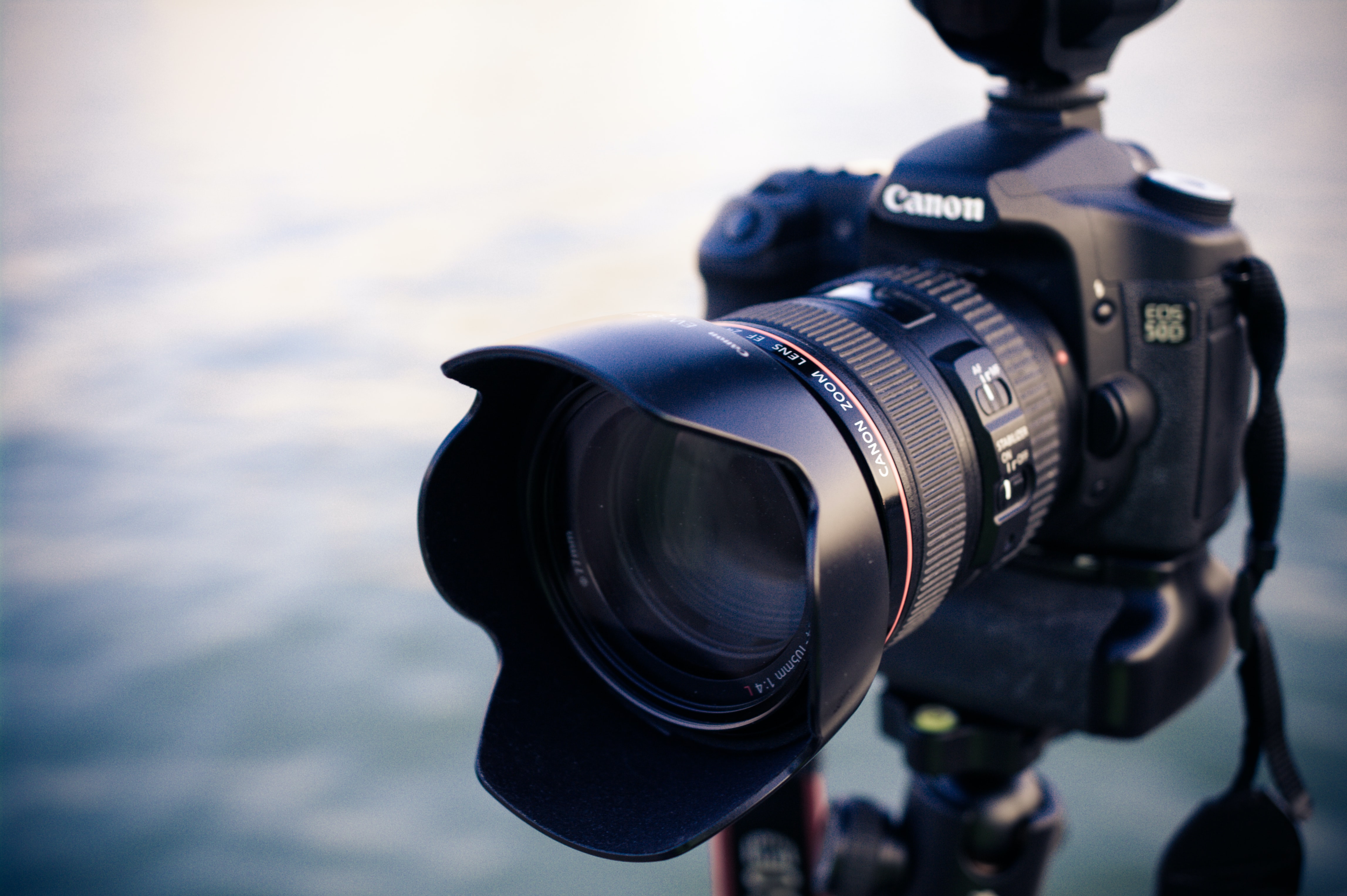
We are going to be upfront here, we aren't a big supplier of cameras and accessories, but we can help point you in the right direction if you're into core tray photography.
We've been asked many times:
"What is the best camera for taking pictures of
diamond core samples in core trays?"
So let's try to answer this for you.
First thing for you to note is that within our Innovation Hub, we are always playing with cameras.
Sometimes it's the entry level models and other times the premium models.
So from our experience we have been able to work out three options that could work for your needs and budget, whilst still getting the job done.
Canon & Nikon have got good reputations so we tend to stick with those... but if you have another personal preference, go for it.
Option 1 – Entry Level (Spend under $1000)
(For exploration companies that want to stretch the dollars but still need to get meaningful value from core photographs)
Canon EOS 250D SLR Camera (APS-C or Crop Sensor)
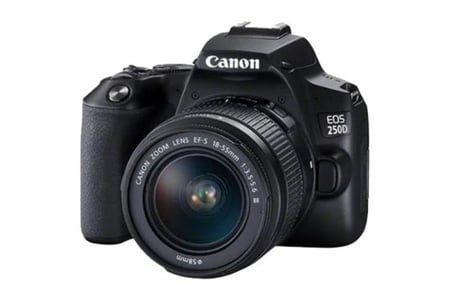
In Aussie, the EOS 250D typically comes which a 18-55mm lens kit, which does the trick just fine.
This model tends to be updated every few years, so use this timeline to check if this is the latest.
Note: This will create some 'barrel distortion' where sides will appear to bulge out along the length of the core tray on the image.
Move on to Option 2 if this isn't for you, but a lot of explorers don't let this worry them!
This is most likely the sort of camera you are going to be using in a Portal Core Photography Frame at 18mm zoom.
Option 2 - Middle Level (Spend between $2000 - $2500)
(For exploration companies that believe in extracting the most out of their core photography, or miners that don't want to break the bank but certainly want to get a good job done)
Canon EOS 90D SLR Camera (APS-C or Crop Sensor)
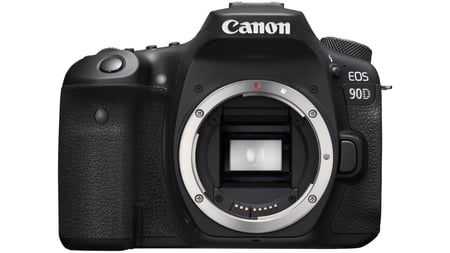
This camera is typically purchased as a 'camera body only', and you add the lens to do the job.
The lens we recommend to eliminate 'barrel distortion' (sides that appear to bulge out along the length of the core tray on the image) is the SIGMA AF 10-20mm F3.5 EX DC HSM (Canon) Lens.
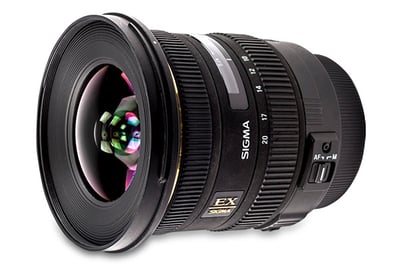
You could use this camera and lens in both the Portal Core Photography Frame or the Fixed Core Photography Frame.
Option 3 - Premium Level (Spend between $4000 - $5000)
(For mining companies that want the best results and extract the most detailed and meaningful value from their core photography process)
Nikon D850 Digital SLR Camera (Full Frame)
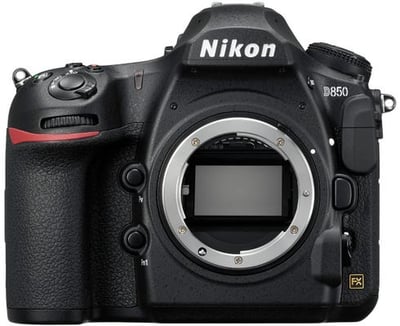
In Aussie, this camera is supplied as "body only", and you will need to purchase a lens to suit.
The one we've found that works well with it is the Sigma 35mm Art Lens.
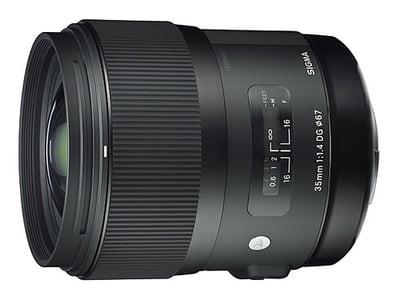
This camera model also can be updated every few years so use this timeline to check if this is the latest.
If you're partial to Canon, this recently released model would be a good one to check out:
Canon EOS R5 Mirrorless Camera
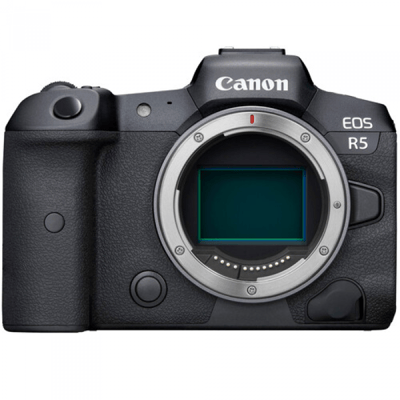
It's best when paired with the Canon RF 35mm F1.8 IS STM Macro Lens, one of Canon's first RF mount lenses that provide great image stabilisation.
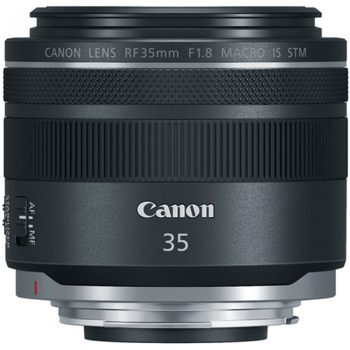
This is most likely the sort of camera you are going to be using in a Fixed Core Photography Frame.
How about accessories?
Tether cable: Personally we don't believe you need a tether cable.
In all our test environments, over a few 100 hours, we've always used the Canon Camera Connect App which you can get on iTunes or Google Play - it's free and not really that difficult to navigate.
However, if your personal preference is to NEVER lose connectivity then go ahead and grab the Canon RS-60E3 Remote Switch, which is a compact wired remote switch with a 60cm cable that replicates all functions of the camera's shutter release button.
Extra battery: When using your camera constantly out in the field, we'd recommend grabbing a spare battery, so when one's on charge that doesn't stop your progress.
Again, if you're budget conscious you can get away with a single battery. Just do something else whilst it's on charge.
Microsoft Surface Go Tablet or Samsung Galaxy Tab A: If you decide to go down the route of using the Canon Camera Connect App, then grab yourself a basic tablet like either of these, and this can be the simplest way of checking if your image is good to go before moving onto the next core tray.
Important for you to know!
Again we'd like to stress to you that we aren't a supplier for all things camera.
We can tell you what we recommend from our hours of testing in the mining and exploration, but invite you to do your own research as well since these things tend to be based on personal preference or experience.
We are able to procure these cameras on your behalf, however it's not our expertise. So we'd highly recommend for the sake of warranty claims, expert advice and generally all-around better service for your camera requirements talk to our partners, Midland Camera House.
Russell Payne, the owner, is a top bloke, and we have every confidence he'll look after you every time.
.png)
